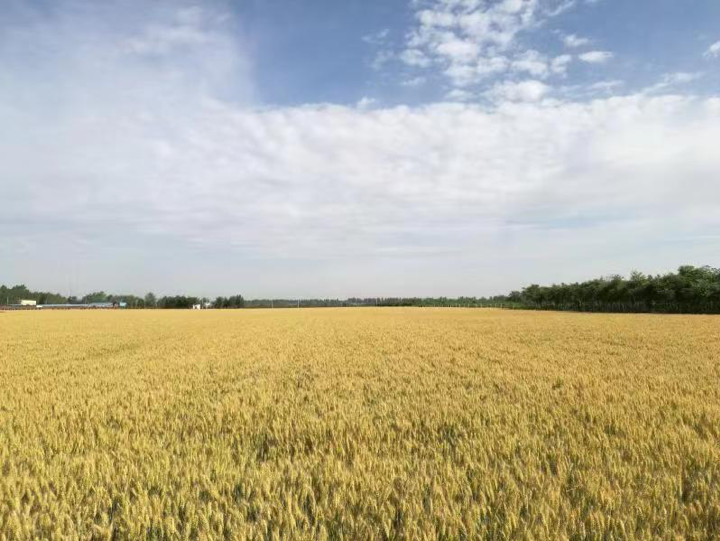Decreasing global crop modeling uncertainty with better geospatial data
A new publication from scientists at the International Maize and Wheat Improvement Center highlights the need to better constrain parameters of global gridded crop models, particularly in the mid to high latitudes, to improve predictability.
By using currently available geospatial datasets and a widely employed simulation procedure, Dr. Xiong and his colleagues created a wheat model ensemble of 1,440 global simulations from five Global Climate Models (GCM), four representative concentration pathways (trajectories in greenhouse-gas concentration, defined by the Intergovernmental Panel on Climate Change), three inputs of sowing date and four crop-model parameterisation strategies, as well as CO2 fertilisation. They quantified the contributions of climate, model, parameterisation and management to the overall uncertainty to predicted responses of yield to warming, then related to results to the latitude and simulation pixels.
The interesting outcome of the study is that despite the consistent crop modelling approach, the crop simulation models themselves still generated more uncertainty than the factors of climate, parameterisation strategies, and management combined. Relating uncertainty in yield estimates to latitude, Xiong and co-authors show that the total uncertainty for mid and high latitudes is much larger than for low latitudes. Particularly for the mid and high latitudes of the northern hemisphere, which covers about 44% of the global wheat areas, the crop model was the main source of uncertainty for a large part of the wheat growing area. In contrast, in the southern hemisphere, low latitudes of the northern hemisphere and central parts of North America, uncertainty arising from the global climate models was more important. The differences in predictability were not due to different levels of warming but to the difference in seasonal pattern of temperature change.
To understand the study’s outcomes, Xiong and coauthors explored the reasons for the larger uncertainty at high latitude. This included the difference in model’s representation for important crop procedures at cold areas, such as wheat’s response to daylength and vernalization to avoid low-temperature stresses, as this mechanism is dealt differently across crop models. Data availability and quality need to be improved to facilitate model parameterization for different temperatures at different regions where wheat is grown. There is agreement that, especially for climate change studies, it is important to revisit crop models per se, as many have not been developed for application outside the environments they were originally designed for. Therefore, there is an urgent need to incorporate the latest knowledge of how crops respond to a changing climate, and to design experiments that will bring further insight into processes that are not well understood.
It is clear that well-calibrated global gridded simulations have the advantage over site-specific crop simulations in providing consistent global output. But the results from Xiong et al. highlight the need to better constrain parameters of global gridded crop models, particularly in the mid to high latitudes, to improve predictability. Better geospatial data are key, especially for calibrating crop phenology. The field of remote-sensed information for crop classification and phenology determination is developing fast and will hopefully deliver improved global gridded data sets in the near future. These data sets will be vital in modelling future global food production and distribution, both of which underpin our future food security.
The Crop Modeling Community of Practice has granted Xiong and collaborators with a mini-grant that will help them to clean and curate the large International Wheat Improvement Network (IWIN) data sets and to fill the gaps to have a complete and rich data set ready to be used for the crop modeling community and other research activities.
In addition, with the rich phenology, yield, and biotic stress observations on wheat across the globe, CIMMYT IWIN data sets provide huge potentials to parameterize and improve crop simulation models in various environments. Xiong and his colleagues are also working on trying to utilize the IWIN data in crop modelling, in the purposes of either decreasing modeling uncertainty, or filling the knowledge gaps regarding how to model the genotype and environment interaction.
January 22, 2020
Wei Xiong
Crop Modeler-Physiologist
International Maize and Wheat Improvement Center
China
Latest news






Very interesting blog.
Thanks for sharing such a nice blog with us.
Amazing Blog,
Thanks for sharing this blog!